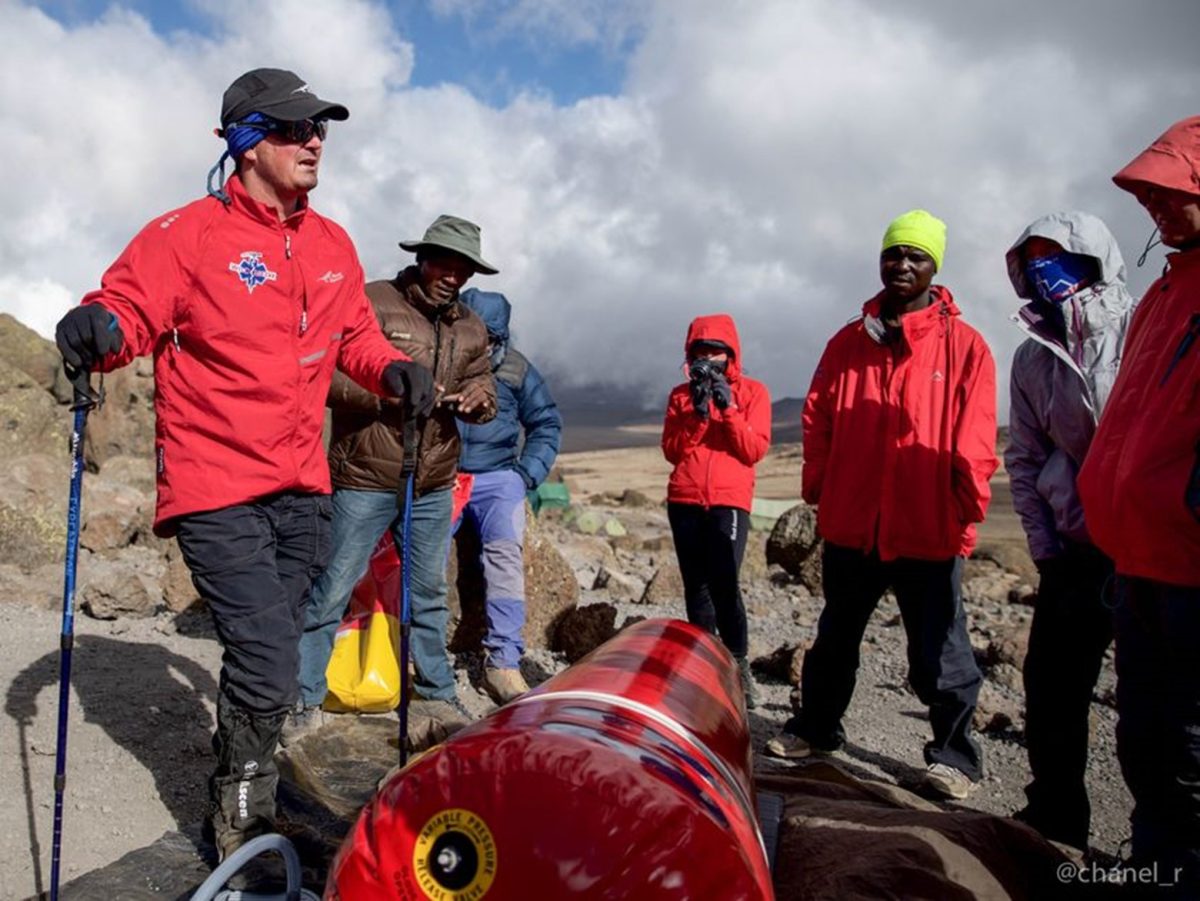
As long as humans have fulfilled their desire to explore mountains, deaths in these environments, while always tragic, have not been unheard of. In early September of this year, 24-year-old Colorado native Daniel Granberg was found at the summit of the 21,122-foot Illimani, a mountain in Bolivia, his death attributed to High Altitude Pulmonary Edema (HAPE).

Less than a century ago, Granberg’s death would likely have been contributed to something as common as pneumonia. HAPE would largely remain a mystery until medical research caught up in the mid-20th century. Since then, signs and symptoms, necessary conditions, and treatment have become clearer. Typically, onset occurs above elevations of 8200ft (2500m), with risk increasing with altitude. One may start to feel unusually weak and have shortness of breath, even when resting. Later stage symptoms might include wheezing and coughing, accompanied by pink, frothy sputum (mixture of saliva and mucus). The pink color, caused by blood escaping from capillaries, as blood pressure increases due to lower air pressure at high altitudes. This blood leaks into the alveoli, or cavities inside your lungs that air normally occupies.
It can take as few as two days for these symptoms to be fatal, depending on the individual. If a climber believes they may be experiencing symptoms of HAPE, the first recommended step is to descend. Some cases require additional hyperbaric (mimics higher air pressure found at lower altitudes) and/or oxygen treatment. There are medications available for treatment, which can also be taken as a supplemental preventative measure before beginning a climb. When used in conjunction with a gradual ascent, one can best acclimate, which is especially vital for individuals coming from much lower altitudes. Ultimately, understanding potential risks and knowing how to handle any situation should be a goal for every person who seeks adventure in the mountains.
